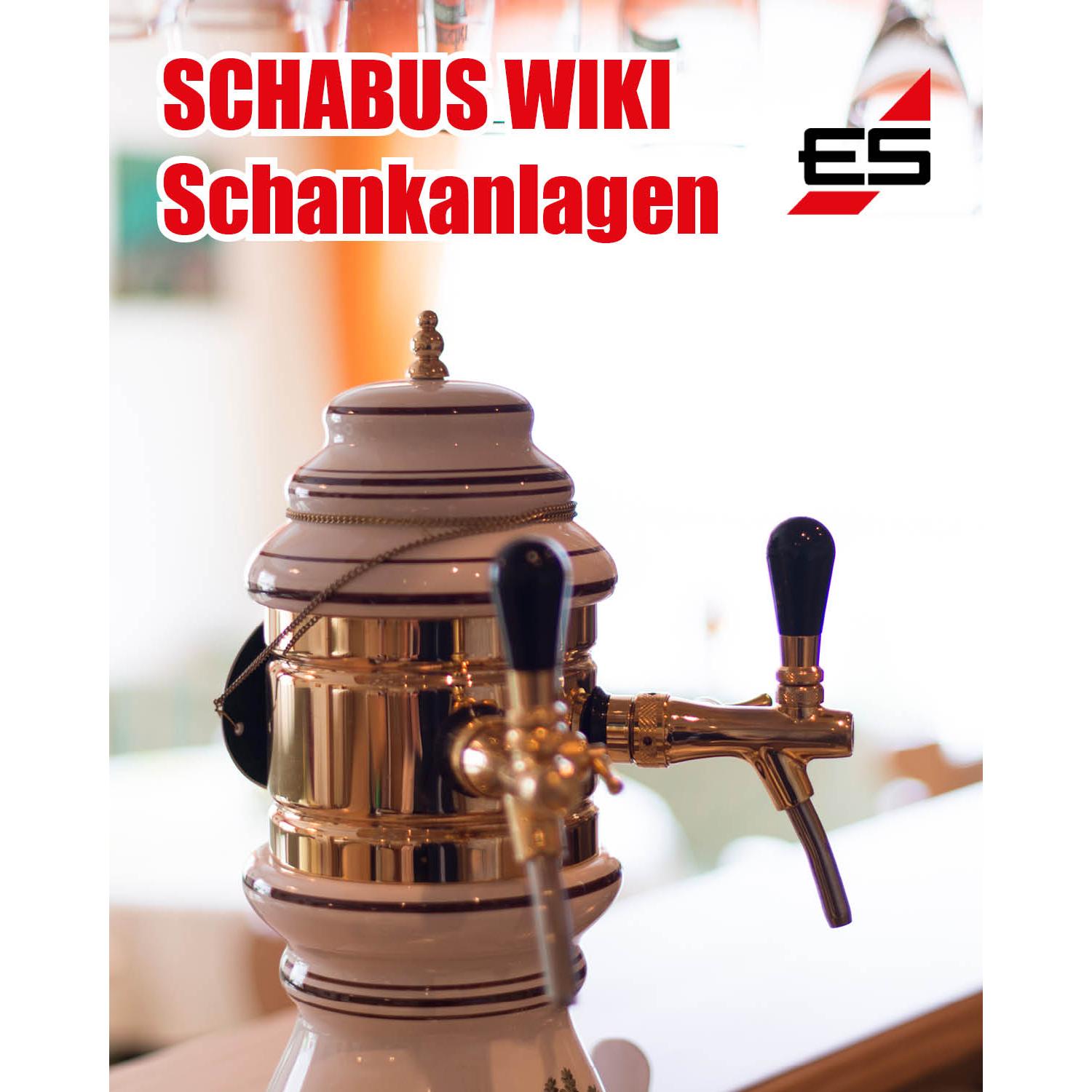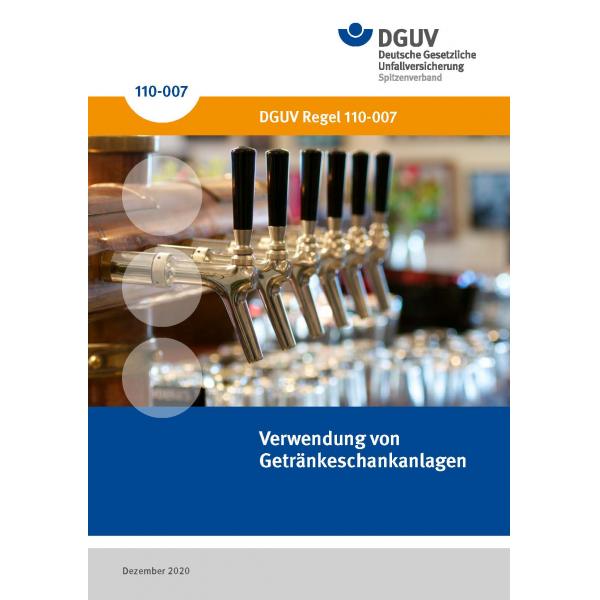Dispensing system - more relaxed with safety
Use of beverage dispensing systems DGUV Regulation 110-007 (excerpt)
Beverage dispensing systems are systems from which, with or without operating overpressure, beverages are dispensed for final consumption, ... e.g. beer, wine, hot beverages containing wine, non-alcoholic soft drinks, water, smoothies and spirits are dispensed.
Gas warning systems in accordance with DIN 6653-2 "Beverage dispensing systems - Equipment - Part 2: Requirements for the operating behavior and test methods of carbon dioxide warning systems" must be used to ensure adequate personal protection.
Gas warning systems must be equipped with at least two alarm thresholds. The pre-alarm is triggered at a carbon dioxide concentration of 1.5% by volume and above, the main alarm at 3% by volume and above. Pre-alarm and main alarm must be visually and acoustically distinct from each other.
To ensure that escaping gas is detected in good time and safely, the following requirements in particular must be met:
the measuring locations must be selected in such a way that the gases escaping in the area to be monitored are detected in good time and safely by the sensors of the gas warning system, the sensors must preferably be installed approx. 30 cm above the floor if there is a risk of damage to the sensor, a protective device must be installed (e. g. protective bracket) must be installed,
the perceptibility of the alarm and fault signalling device of the gas warning system must be ensured outside the endangered area, i.e. in the safe area (e.g. in the upper area of the cellar stairs at eye level),
in addition, the alarm and fault signalling in the danger area (e.g. in the accessible cold storage room) must be guaranteed. In addition, the alarm and the fault message must be perceptible in the hazardous area (e.g. in the walk-in cold storage room), and the alarm must be indicated visually and acoustically by a perceptible signal unit (e.g. warning light/horn) for all access points to the hazardous area.
During the main alarm, no person may enter the endangered area or room without breathing protection (self-contained).
Source: DGUV Rule 110-007 of the German Social Accident Insurance (DGUV)



